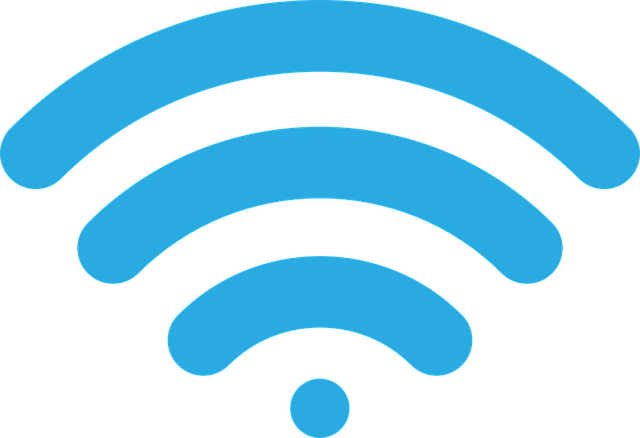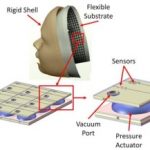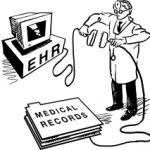Chronic diseases such as diabetes, heart disease, and other recurring conditions
Top the list of health threats that impact the greatest number of people and contribute to high healthcare expenses worldwide. The cost of treating chronic conditions accounts for an estimated two-thirds of global healthcare spending.

Wireless technology can greatly reduce medical expenses and improve the overall quality of life for millions by enabling the ability to stay interconnected in a network of patients to doctors to medical devices to health data and more.
The standard wireless infrastructure has been in place and has proven successful for decades, and the healthcare industry is quickly finding ways to capitalize on the wireless advantage to solve critical challenges faced by an overburdened system.
It is not surprising that the medical industry is turning to innovations in wireless technology to cut costs and bring about dramatic improvements in healthcare. Telehealth or mHealth solutions integrate cellular-device or machine to machine (M2M)-based wireless communications to improve patient treatment and simplify the healthcare delivery process.
Traditionally, medical devices worked as individual units, monitoring one aspect of health for a specific purpose. However, new telehealth solutions use cellular M2M technology and web-based platforms to connect monitoring devices, aggregate medical data and visualize overall patient well-being for improved treatment.
The new systems allow quick and easy access to medical data and deliver a clear and complete picture of all aspects of a patient’s health without ignoring the very important aspects of security, safety, and privacy of the patient and medical professional.
Telehealth solutions can be used for a variety of purposes: monitoring patient compliance during medication treatment (pill reminders); monitoring and managing elderly and chronic disease patients with wearable “health monitors” (ambient assisted living); monitoring patients with diabetes and providing prompts to help bring blood glucose levels back to a normal range (chronic care management) and much more.
With a telemonitoring device, a consulting physician can remotely monitor a patient’s health status in real-time and immediately react in case of emergency – no matter if the patient is at home, on the bus, at the movies, or anywhere in the course of daily life. Consistent and constant oversight can greatly improve treatment, keep patients healthier, and avoid expensive hospitalization. In fact, a recent study by Philips showed compelling and tangible benefits gained from telehealth solutions: 89% of health agencies reported an increase in quality outcomes, 76% cited the reduction in unplanned hospitalizations, 77% cited the reduction in emergency room visits and 76% reported patients improving self-care by proactive disease management.
Chronic diseases such as diabetes, heart disease, and other recurring conditions top the list of health threats that impact the greatest number of people and contribute to high healthcare expenses worldwide.
Article Source: Medicine goes wireless: A paradigm shift.
by Axel Hansmann, Cinterion Wireless Modules, Germany



